Description
Analysis and Design of Curtain Wall Systems for High Rise Buildings and Complete reference book and specification.
- Wind loads calculation.
- Analysis of double glass
- Computation of required sealant bite.
- Computation of aluminum profile, vertical profile, horizontal profile & Aluminum bracket.
- Calculation of anchor bolts & trough bolt.
Curtain wall design calculations involve a series of engineering assessments to ensure the structural integrity, safety, and performance of a curtain wall system. While a comprehensive calculation involves complex engineering principles and detailed analysis, here are some key aspects typically considered in curtain wall design calculations:
- Structural Analysis:
- Evaluate the loads on the curtain wall, including dead loads (weight of the wall itself), live loads (wind, snow), and other applicable loads.
- Determine the forces acting on the curtain wall system, such as wind pressure, seismic forces, and thermal expansion and contraction.
- Material Selection:
- Specify the materials used in the curtain wall, considering factors such as the strength of aluminum or steel framing, glass types, and thermal performance.
- Assess material properties and compatibility to ensure they meet design requirements.
- Deflection and Movement:
- Analyze deflection limits to ensure that the curtain wall can accommodate movements caused by temperature changes, building settlement, or wind loads without compromising its structural integrity.
- Wind Load Analysis:
- Calculate wind loads based on local building codes and environmental conditions.
- Determine the distribution of wind loads on the curtain wall and assess the impact on structural elements.
- Thermal Performance:
- Evaluate the thermal properties of the curtain wall, including U-values and thermal transmittance, to ensure energy efficiency and compliance with insulation standards.
- Water Infiltration Resistance:
- Assess the curtain wall’s ability to resist water infiltration, particularly in areas prone to heavy rain or other forms of precipitation.
- Consider factors such as sealant performance and drainage systems.
- Seismic Considerations:
- If applicable, account for seismic loads and design the curtain wall to withstand potential seismic events.
- Incorporate seismic detailing and connections as needed.
- Acoustic Performance:
- Evaluate the acoustic properties of the curtain wall system, especially in areas where sound insulation is a critical consideration.
- Fire Resistance:
- Consider fire protection requirements and ensure that the curtain wall system meets the necessary fire resistance standards.
- Local Building Codes and Standards:
- Ensure compliance with local building codes, regulations, and industry standards throughout the design process.
Curtain wall design calculations are typically performed using specialized software and engineering principles to create a safe, durable, and efficient building envelope. Professional structural engineers, architects, and curtain wall specialists are typically involved in this process to ensure that the design meets all necessary requirements.

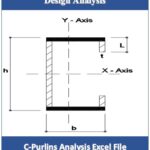


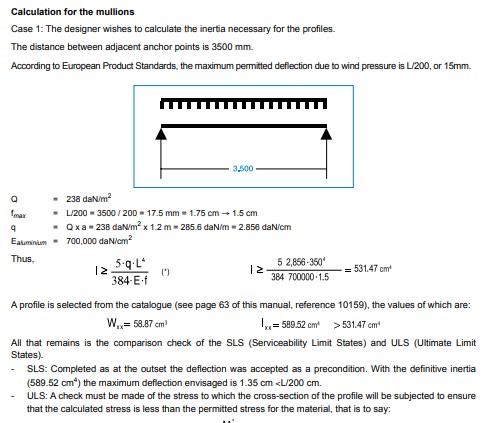
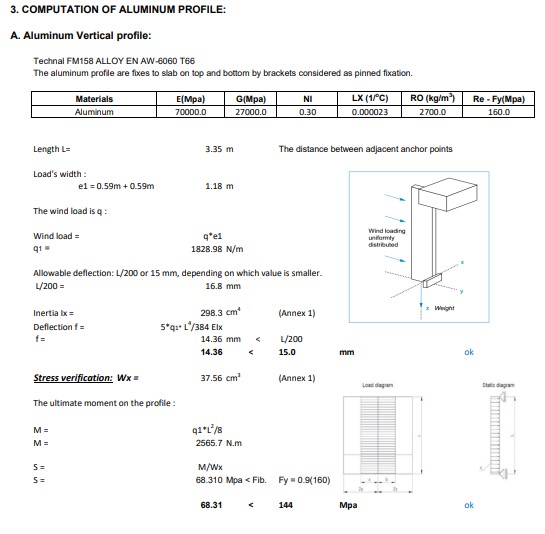
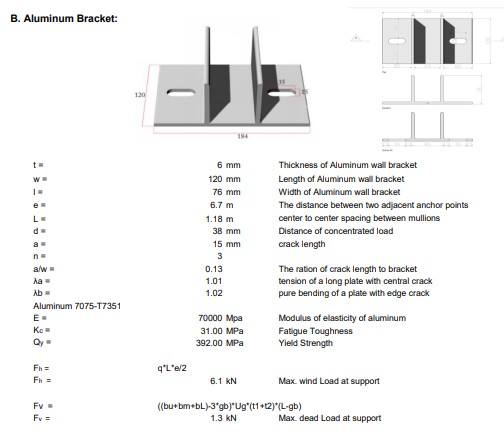
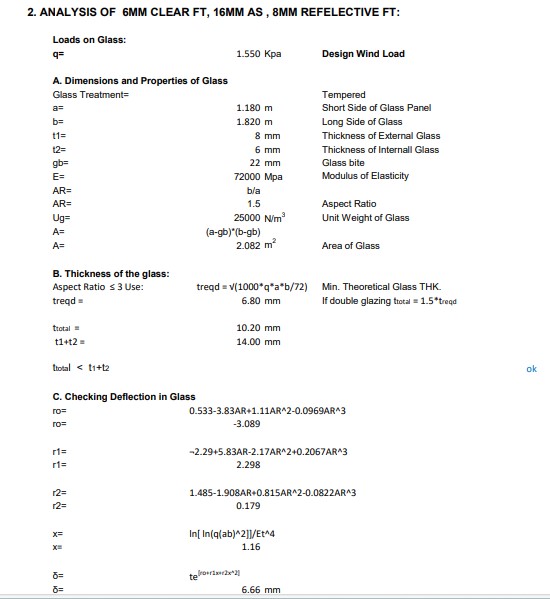

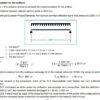
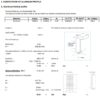
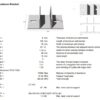
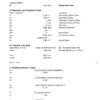


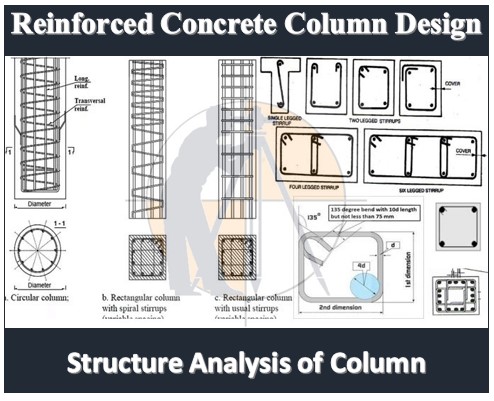

Dany Buston –
Nice reference 👍👍👍